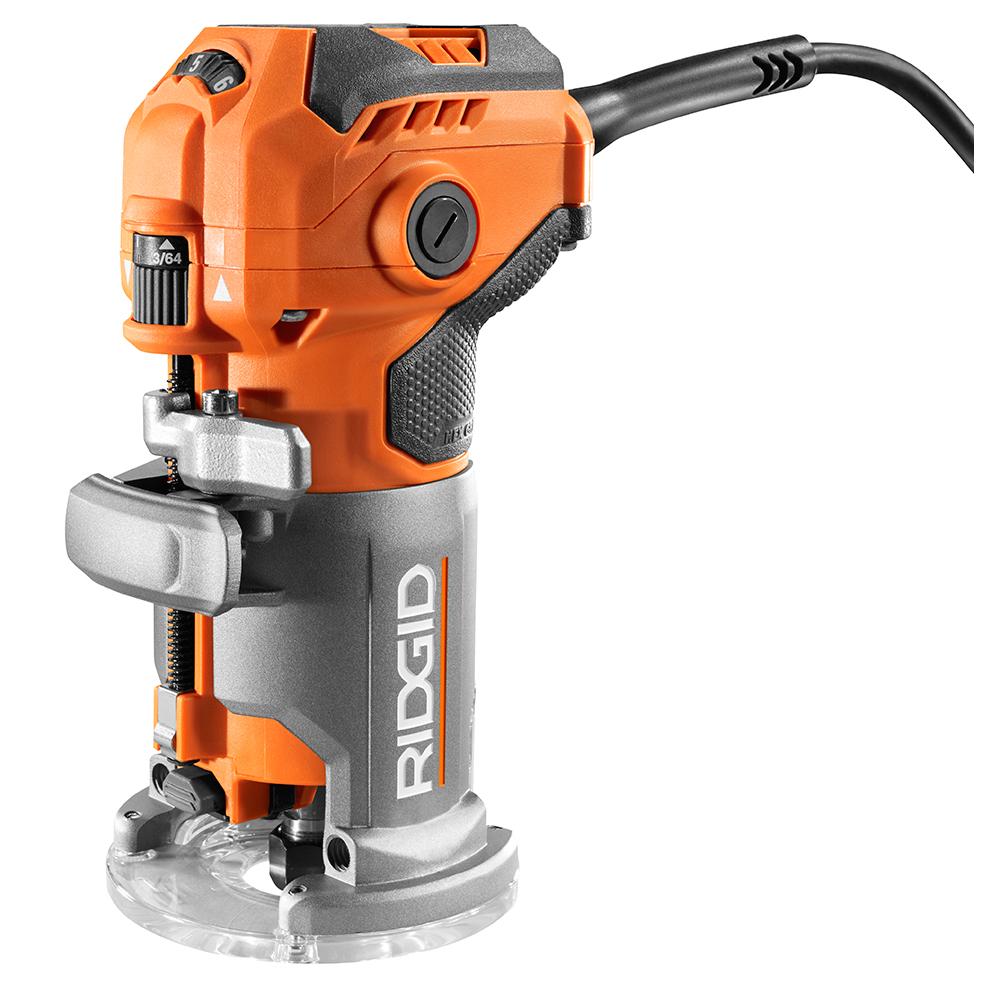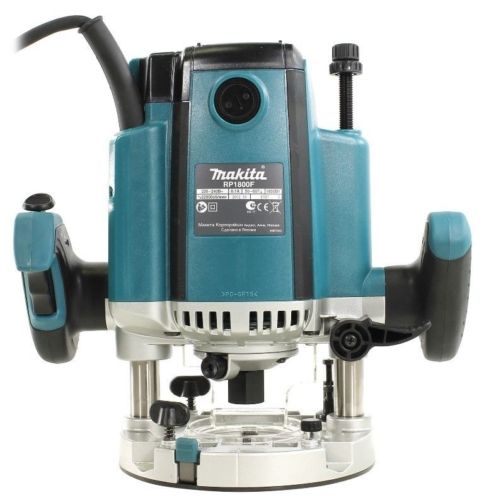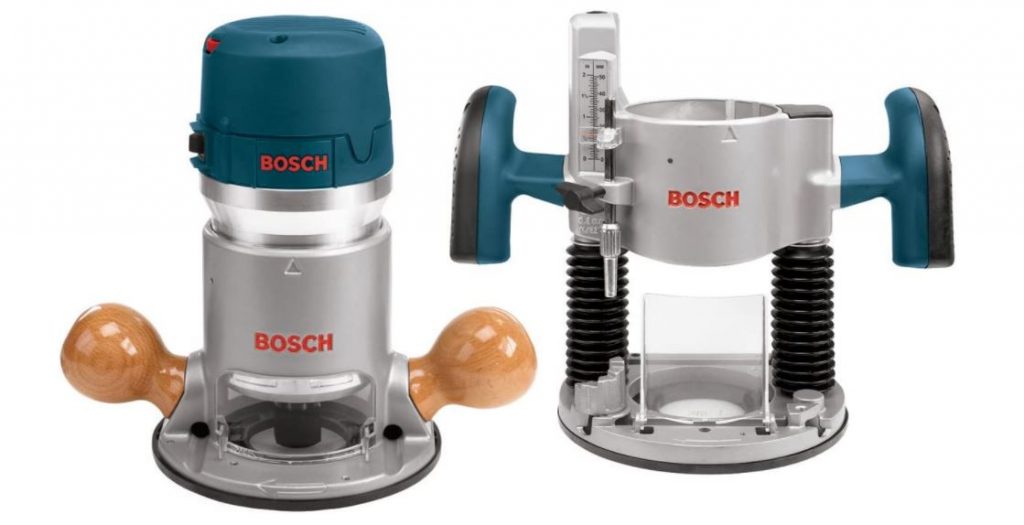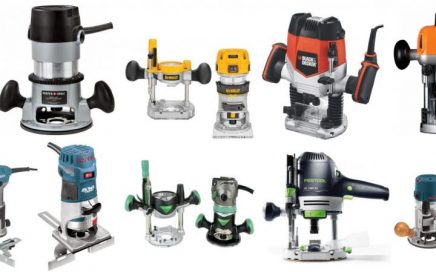Regardless of the size of a workshop, you are likely to find a router in it. The router is very versatile and has a wide range of uses. In fact, it’s fair to say that many projects can be entirely made with a router. As a full time furniture maker, I have over a dozen routers in my shop. So which one is the best ? Let’s take a look and decide which one is needed for your shop.
Size Matters
The old saying, “bigger is better”, does not always hold true. This is the case when it comes to a router. Most of us know our skill level and the projects we typically enjoy making. If you enjoy making jewelry boxes, a small palm router is ideal for you. If you are working on timber sized materials, then a 3 1/4HP full size router is what you need.
–Router Types-
Palm Routers

As mentioned before a Palm Router is 1 HP or less and is ideal for making small rabbets, beads, and joinery on a small scale. It’s not a tool that will get used for 8 hours of non-stop work. I use mine a lot with a flush trimming bit for laminate tops. They are small and compact, perfect for the small workshop.
Mid- Size

This is the most common and most used router in my shop. It has a HP range of 1 ¾- 2 ¼ HP. It does all the tasks required for woodworking. Anything from routing a profiled edge, rabbets, dados, and tongue and groove applications. This is the “go to” router size for me in my day to day operations.
Full Size

These are the Arnold Schwarzenggers of routers. Commanding a whooping 3 ¼ HP these guys tear through anything. I find this size too awkward to handle manually by hand. I prefer to have this mounted in a router table and is ideal for using it with large router bits, such as making raised panels for cabinet doors.
Router Options
Different brands offer different features. Here are some things to consider when buying a new router.
Plunge router- A plunge router is perfect for boring straight down into material. It’s perfect for making mortises or to start and stop a dado.
Fixed Base Router- This router allows you to make small adjustments by the use of a dial. It can be more accurate than a plunge router. This would be the ideal router to go into a router table.
Combo Router- This router has interchangeable bases to allow it to be either a plunge or fixed base router. In my opinion this is the ideal type to own.

Other Features-
Horse power is important to consider when looking at routers. Depending on the size of the material and the amount of work to be done will require a router with more power.
Collet sizes. Every router will come with a ¼” collet size for router bits. But ½” collets are offered on some models. ½” router bits are stronger and prevent chattering which offers a smoother finish on the material.
Soft start is pretty much on most new routers today. This is a great feature. When the router is first turned on it will slowly work up to the running speed. This prevents sudden jerking of the router from the torque. It’s a smart and safe feature to have on routers.
Variable speed is an option offered on some models. This is important when using large router bits. For large router bits the speed has to be slowed down for it to perform well and for safety. Most full sized routers have this feature on them.
Cordless Routers. Having batteries on tools is a really nice feature. Many times a cord can be cumbersome and get in the way. Without a doubt, it changed how we use a drill today. But having a battery on a router I’m not totally convinced. Using a cordless router on a quick task is convenient and fast. However, when using it for a long time, I would hate for the battery to die in the middle of a job. I still think a cord is best for routers, in my opinion.

In the end, there are a lot of different routers with different features offered by different brands. Take time to consider which router is best for you and your shop.
Chad Stanton- owner of Stanton Fine Furniture


